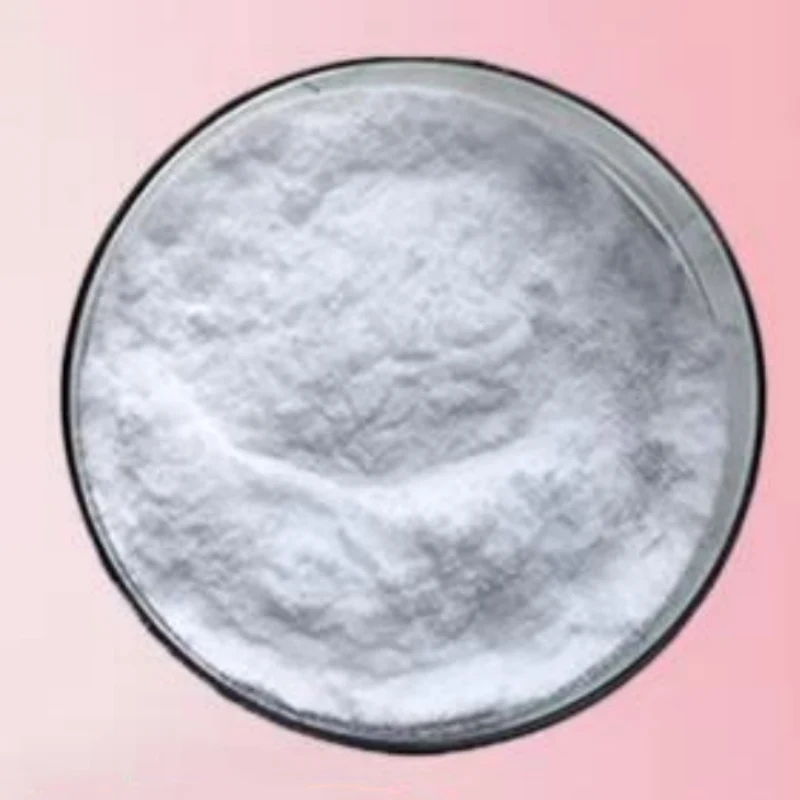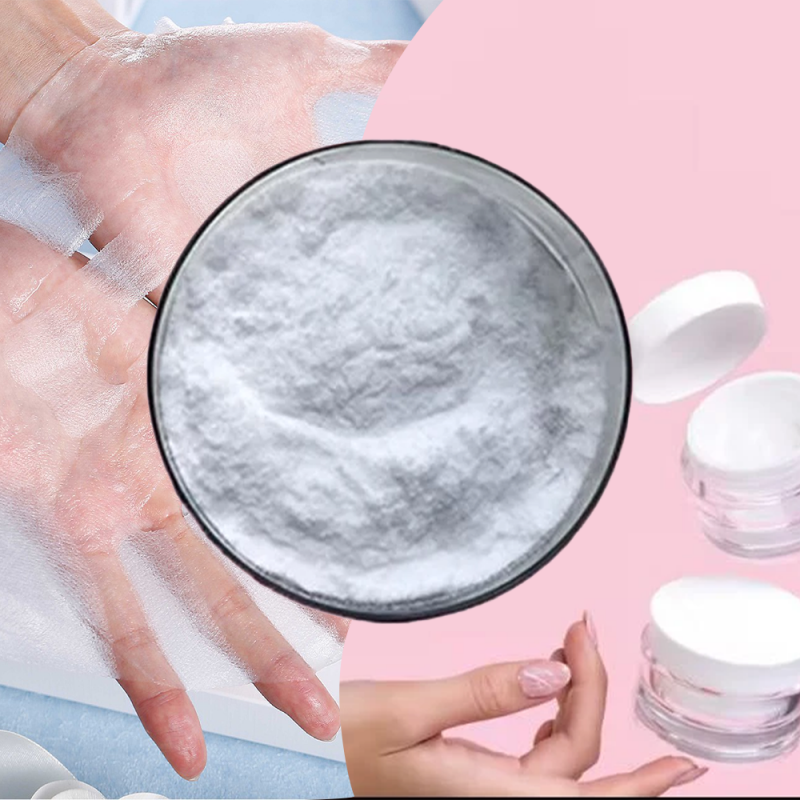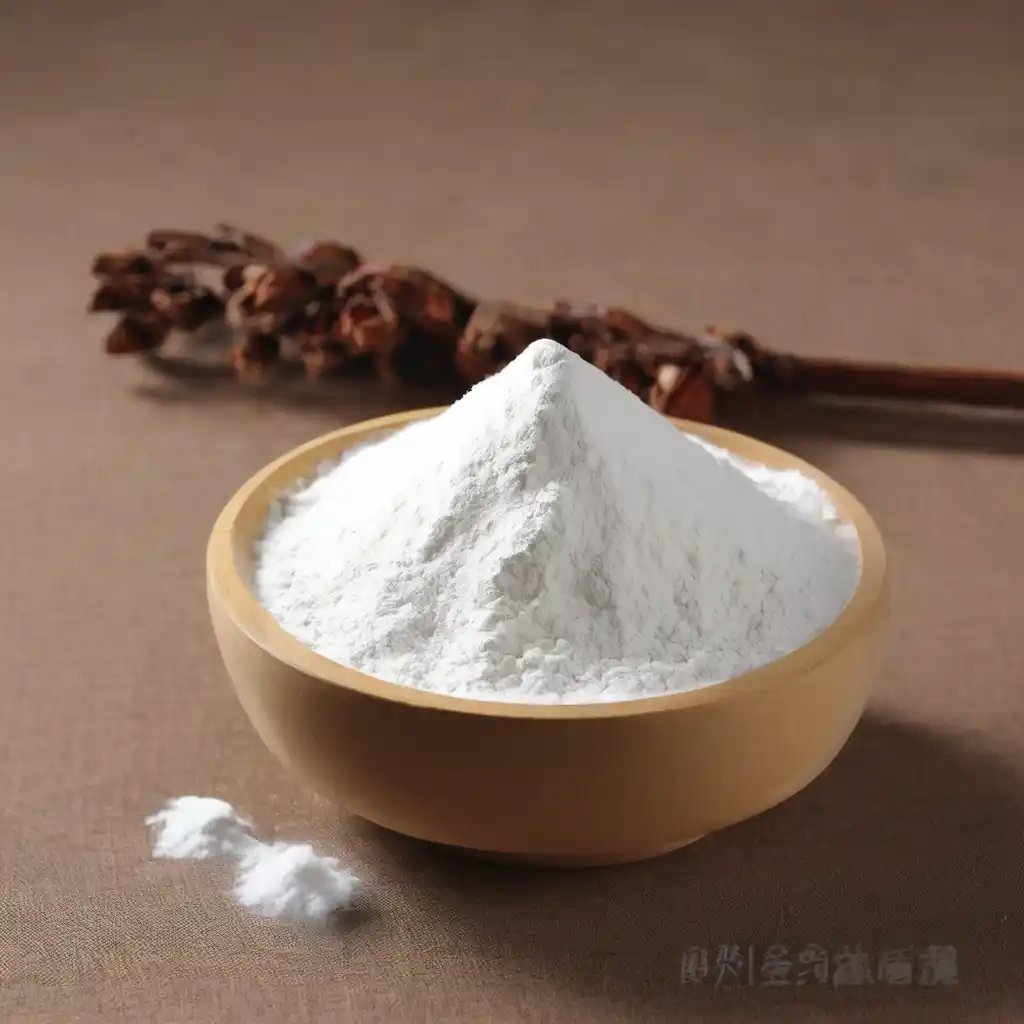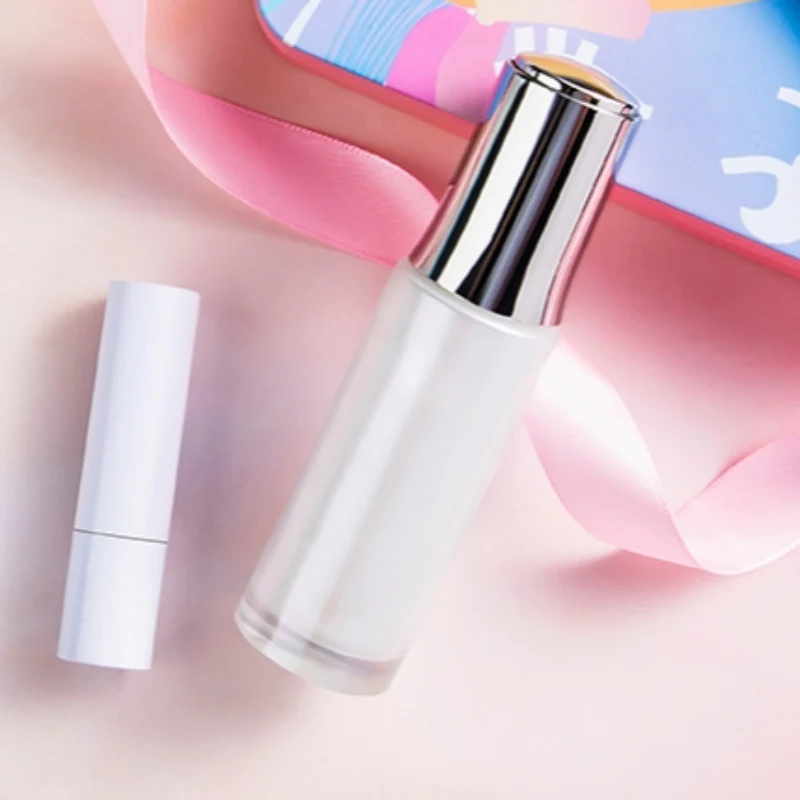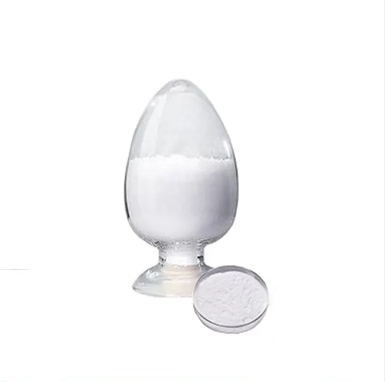The textile industry is experiencing a transformation with the introduction of pullulan powder, a natural polysaccharide derived from starch fermentation. This innovative material is revolutionizing textile production by offering unique properties that enhance fabric performance and sustainability.
Enhanced Fabric Properties
Pullulan powder stands out in the textile industry due to its remarkable film-forming abilities and moisture retention properties. These characteristics make it an invaluable additive for enhancing the performance of textile fibers and coatings. Here is a detailed look at how pullulan powder contributes to improved fabric properties:
1. Film-Forming Abilities
Pullulan can form a uniform, transparent film when applied to textile fibers. This film acts as a protective barrier that shields the fabric from environmental factors such as UV radiation, pollutants, and physical wear and tear. The resulting pullulan-coated textiles are more durable, with an extended lifespan compared to untreated fabrics.
2. Enhanced Durability
The protective film created by pullulan enhances the fabric's structural integrity. It reduces the likelihood of fibers breaking down under stress, thus extending the fabric's usability. This makes pullulan-treated textiles ideal for applications that require long-lasting performance, such as outdoor gear and heavy-duty workwear.
3. Improved Elasticity
Pullulan's flexibility allows it to adapt to the natural movements of textile fibers without cracking or flaking. This contributes to improved elasticity, enabling the fabric to stretch and recover more effectively. This property is particularly beneficial for sportswear and activewear, where flexibility and comfort are paramount.
4. Wrinkle Resistance
One of the standout benefits of pullulan in textiles is its ability to impart wrinkle resistance. The film formed by pullulan helps maintain the fabric's smooth appearance, even after repeated folding or compression. This reduces the need for frequent ironing, making pullulan-treated garments more convenient for everyday use.
5. Moisture Management
Pullulan's moisture retention properties enhance the fabric's ability to manage moisture. Pullulan-treated textiles can absorb and release moisture efficiently, keeping the wearer comfortable and dry. This moisture management capability is crucial for performance apparel, such as athletic wear and outdoor clothing, where maintaining dryness is essential for comfort and performance.
6. Breathability
Despite forming a protective film, pullulan does not compromise the breathability of the fabric. This ensures that pullulan-treated textiles remain comfortable to wear, allowing air to circulate freely and preventing overheating. This balance between protection and breathability is ideal for a wide range of textile applications.
7. Softness and Comfort
Pullulan coatings add a soft, smooth finish to the fabric, enhancing the overall comfort for the wearer. The film does not introduce any harshness or rigidity, preserving the natural feel of the textile. This makes pullulan an excellent choice for applications in everyday clothing and bedding, where comfort is a primary concern.
Pullulan powder significantly enhances the properties of textiles by forming a durable, flexible, and moisture-managing protective film. This leads to improved fabric durability, elasticity, wrinkle resistance, moisture management, and overall comfort. These benefits position pullulan-treated textiles as superior options for a wide range of applications, from high-performance sportswear to everyday apparel.
Sustainable Solution
In response to the growing consumer demand for sustainable products, pullulan powder has emerged as an eco-friendly solution for the textile industry. Its unique properties and environmentally friendly nature position pullulan as a key material in promoting sustainability in textile manufacturing and product life cycles.
1. Biodegradability
Pullulan is a biodegradable polysaccharide, meaning it can break down naturally in the environment without leaving harmful residues. When pullulan-treated textiles reach the end of their life cycle, they can decompose through microbial activity, reducing the burden on landfills and minimizing long-term environmental impact. This contrasts sharply with synthetic fibers and coatings that persist in the environment for decades.
2. Renewable Sources
Pullulan is derived from the fermentation of starch by the fungus Aureobasidium pullulans. Starch is a renewable resource commonly obtained from plants such as corn, potatoes, and cassava. The reliance on these renewable sources for pullulan production ensures a sustainable supply chain and reduces dependence on non-renewable petrochemical resources, which are commonly used in traditional textile treatments.
3. Low Environmental Impact
The production process of pullulan involves fermentation, which is generally considered environmentally benign. This process consumes less energy and generates fewer greenhouse gas emissions compared to conventional chemical synthesis methods used for producing synthetic polymers. Additionally, the use of renewable feedstocks further minimizes the environmental footprint of pullulan production.
4. Alignment with Eco-Conscious Manufacturing
The natural origin and biodegradability of pullulan align with the textile industry's shift towards eco-conscious manufacturing practices. Many textile manufacturers are adopting greener technologies and materials to meet regulatory requirements and consumer expectations for sustainability. Incorporating pullulan into textile treatments supports these initiatives, enhancing the overall sustainability profile of textile products.
5. Reduction of Harmful Chemicals
Traditional textile treatments often involve the use of harmful chemicals that can pose risks to both the environment and human health. Pullulan, being a natural and non-toxic substance, reduces the need for such chemicals. Its application in textile coatings and finishes can replace synthetic and potentially hazardous materials, contributing to safer production processes and products.
6. Enhanced Lifecycle Management
Pullulan-treated textiles offer improved lifecycle management by extending the durability and functional lifespan of fabrics. The enhanced durability and protective properties imparted by pullulan coatings mean that textiles last longer and maintain their performance over extended periods. This reduces the frequency of replacement and the overall consumption of textile products, further contributing to sustainability.
7. Consumer Appeal
As awareness of environmental issues increases, consumers are more inclined to choose products that are labeled as sustainable and eco-friendly. Textiles treated with pullulan can be marketed as such, appealing to eco-conscious consumers and driving market demand for sustainable products. This not only benefits the environment but also provides a competitive edge for manufacturers adopting pullulan in their production processes.
Pullulan powder offers a sustainable solution for the textile industry through its biodegradability, renewable sourcing, low environmental impact, and alignment with eco-conscious manufacturing practices. By reducing reliance on non-renewable resources and harmful chemicals, pullulan helps the textile industry meet sustainability goals and cater to the growing consumer demand for environmentally friendly products. This positions pullulan as a critical material in the evolution towards more sustainable textile manufacturing.
Innovative Applications
Pullulan powder is paving the way for groundbreaking advancements in the textile industry, enabling the creation of smart textiles and functional finishes that cater to diverse and specialized needs. By leveraging pullulan’s unique properties, manufacturers can develop high-performance fabrics with enhanced capabilities.
1. Smart Textiles
Smart textiles, also known as e-textiles, integrate technology into fabrics to provide additional functionality beyond traditional uses. Pullulan powder plays a crucial role in this sector due to its ability to form films and coatings that respond to environmental stimuli.
Moisture-Responsive Textiles
Pullulan’s moisture retention properties can be harnessed to create textiles that respond to humidity levels. For instance, pullulan-coated fabrics can adjust their breathability and moisture-wicking capabilities based on the surrounding environment. This is particularly useful for activewear, where maintaining optimal moisture balance is essential for comfort and performance.
Temperature Regulation
By embedding pullulan with phase-change materials (PCMs), textiles can be designed to absorb, store, and release thermal energy, helping regulate body temperature. This application is valuable in creating smart clothing that provides warmth in cold conditions and cooling in hot environments.
2. Functional Finishes
Pullulan’s ability to form protective and functional coatings opens up a plethora of opportunities for enhancing textile performance through functional finishes.
Antimicrobial Properties
Pullulan can be infused with antimicrobial agents to create fabrics that inhibit the growth of bacteria, fungi, and other pathogens. These antimicrobial textiles are ideal for healthcare environments, sportswear, and everyday clothing, helping to maintain hygiene and reduce odors.
UV Protection
Pullulan-based coatings can incorporate UV-absorbing compounds, offering textiles that protect against harmful ultraviolet radiation. This is beneficial for outdoor apparel and accessories, providing an additional layer of protection for the wearer.
3. Performance Textiles
Pullulan enhances the functionality and performance of textiles used in specific, high-demand applications.
Sportswear
In the realm of sportswear, pullulan-treated fabrics can offer superior moisture management, elasticity, and durability. Athletes benefit from clothing that remains dry, flexible, and resilient under intense physical activity, improving comfort and performance.
Medical Textiles
Pullulan’s biocompatibility and non-toxicity make it ideal for medical textiles, such as bandages, wound dressings, and surgical gowns. Pullulan coatings can provide moisture control, antimicrobial protection, and promote healing, making these textiles safer and more effective in medical settings.
4. Environmental Sensing
Smart textiles embedded with pullulan can be designed to sense environmental changes and provide feedback. For example, pullulan can be integrated with sensors that detect pollutants, allergens, or chemical exposures, creating clothing that alerts the wearer to potential environmental hazards.
5. Cosmetic Textiles
Pullulan can be used to create textiles with cosmetic benefits, such as skin moisturization and anti-aging properties. Fabrics infused with pullulan and active cosmetic ingredients can provide skincare benefits during wear, turning everyday clothing into a part of the wearer’s skincare routine.
6. Biodegradable Disposable Textiles
Given its biodegradable nature, pullulan is ideal for single-use textiles that need to be environmentally friendly. This includes disposable medical garments, hygiene products, and packaging materials that degrade naturally after use, reducing waste and environmental impact.
Pullulan powder’s incorporation into textiles fosters the development of smart textiles, functional finishes, and high-performance fabrics. Its versatile properties enable innovations in moisture management, antimicrobial protection, UV resistance, and more, catering to diverse needs in sportswear, medical textiles, and beyond. These applications not only enhance the functionality of textiles but also align with the growing demand for sustainable and advanced textile solutions.
Collaborative Advancements
The advancement of pullulan powder in the textile industry is significantly driven by collaborations between textile manufacturers, researchers, and pullulan suppliers. These partnerships foster innovation and pave the way for developing novel production techniques and applications, heralding a new era of sustainable, high-performance textiles.
1. Synergistic Innovation
Collaborations bring together diverse expertise and perspectives, creating a fertile ground for innovation. Textile manufacturers provide insights into industry needs and practical challenges, researchers contribute advanced scientific knowledge and experimental techniques, and pullulan suppliers offer specialized expertise in the production and application of pullulan.
Textile Manufacturers
Manufacturers play a critical role in identifying market demands and application requirements. Their input ensures that pullulan-based innovations are tailored to meet specific needs, whether it's enhancing fabric durability, adding functional finishes, or creating smart textiles.
Researchers
Researchers at universities and research institutions bring cutting-edge scientific knowledge to the table. Their work on understanding the molecular properties of pullulan, its interactions with other materials, and its behavior under different conditions is crucial for developing new applications and improving existing ones.
Pullulan Suppliers
Suppliers of pullulan provide in-depth knowledge about the material, including its production, properties, and potential modifications. They also play a key role in scaling up production techniques to ensure that high-quality pullulan is available in sufficient quantities for commercial use.
2. Development of Novel Production Techniques
Joint efforts between these stakeholders lead to the development of new production techniques that enhance the efficiency, cost-effectiveness, and sustainability of pullulan-based textiles.
Innovative Coating Methods
Collaborations have resulted in the creation of advanced coating techniques that allow for uniform application of pullulan on textile surfaces. These methods ensure that the beneficial properties of pullulan, such as moisture management and antimicrobial effects, are consistently imparted to the fabric.
3D Printing Integration
Researchers and manufacturers are exploring the integration of pullulan in 3D printing processes. This collaboration is paving the way for producing complex textile structures with embedded functionalities, such as smart textiles and customized medical devices.
Eco-Friendly Processes
Collaborative research is focused on developing environmentally friendly production processes. This includes using green chemistry principles to reduce the use of harmful chemicals and implementing energy-efficient manufacturing methods.
3. Exploration of New Applications
Through collaborative efforts, new and innovative applications of pullulan in textiles are being discovered and developed.
Smart Textiles
Joint research projects are exploring the use of pullulan in creating smart textiles that can respond to environmental stimuli. For example, integrating sensors and conductive elements with pullulan coatings can result in textiles that monitor health indicators or environmental conditions.
Functional Finishes
Collaborations are driving the development of functional finishes that impart specific properties to textiles, such as UV protection, anti-odor capabilities, and self-cleaning surfaces. These finishes enhance the functionality and value of textile products.
Medical Textiles
The partnership between textile manufacturers and medical researchers is leading to the creation of advanced medical textiles. Pullulan’s biocompatibility and biodegradability make it ideal for applications like wound dressings, surgical gowns, and tissue engineering scaffolds.
4. Commercialization and Market Adoption
Collaborative advancements also facilitate the commercialization and market adoption of pullulan-based textiles. By working together, stakeholders can overcome barriers to market entry and accelerate the introduction of new products.
Market Trials and Feedback
Manufacturers can conduct market trials of new pullulan-based textiles, gathering feedback from consumers and making necessary adjustments before full-scale commercialization. This iterative process ensures that the final products meet market expectations and requirements.
Regulatory Approvals
Researchers and suppliers work together to navigate regulatory approvals, ensuring that new products comply with safety and environmental standards. This collaborative approach streamlines the approval process and facilitates quicker market entry.
5. Sustainability and Corporate Responsibility
Collaborations emphasize the importance of sustainability and corporate responsibility. By working together, stakeholders can develop solutions that not only enhance textile performance but also contribute to environmental and social goals.
Sustainable Sourcing
Joint efforts focus on ensuring that the raw materials for pullulan production are sustainably sourced, supporting the broader goals of environmental conservation and ethical business practices.
Circular Economy
Collaborations are exploring ways to integrate pullulan-treated textiles into circular economy models, where products are designed for reuse, recycling, and minimal environmental impact.
Collaborations between textile manufacturers, researchers, and pullulan suppliers are driving significant advancements in the textile industry. These partnerships are developing novel production techniques, exploring new applications, and facilitating the commercialization of sustainable, high-performance textiles. Through joint efforts, the industry is moving towards a more innovative and eco-friendly future, leveraging the unique properties of pullulan to meet evolving market demands and sustainability goals.
Conclusion
In conclusion, pullulan powder represents a transformative force in the textile industry, offering enhanced fabric properties, sustainability, and innovative applications. As the industry continues to embrace eco-friendly alternatives and technological advancements, pullulan's role in shaping the future of textiles is set to expand, driving progress towards more sustainable and functional textile solutions.
Professional pullulan powder supplier in China
We are a professional pullulan powder supplier in China, equipped with advanced production technology and state-of-the-art equipment. Our team of skilled technicians and our own manufacturing facility enable us to produce high-quality pullulan in large quantities. Our product quality meets the demands of diverse industries including textiles, pharmaceuticals, food, cosmetics, and more. With stringent quality control measures in place, we ensure that our pullulan powder adheres to the highest standards, making it suitable for a wide range of applications across various sectors.
Products Description
Item | Standard |
Destription | white powder |
Viscosity(mm²/s) | 15-180 |
Residue on ignition,w/% | ≤1.0 |
PH | 5.0~8.0 |
Loss of drying,w/% | ≤10 |
Assay ( content of Mono-,di-,oligosaccharides ) | ≤10 |
Nitrogen Determination, w/% | ≤0.05 |
Heavy Metals, PPM | ≤10 |
Total aerobic microbial count,(CFU/g) | ≤100 |
Total Yeast/mold count,(CFU/g) | ≤100 |
Escherichia coli,(MPN/g) | Negative |
Lead time
Quantity (kilograms) | 1 - 1 | 2 - 1000 | 1001 - 10000 | > 10000 |
Lead time (days) | 3 | 7 | 10 | To be negotiated |
FAQ
What is pullulan powder?
Pullulan powder is a natural polysaccharide derived from starch fermentation by the fungus Aureobasidium pullulans. It is known for its biodegradability, biocompatibility, and film-forming properties.
How does pullulan powder revolutionize the textile industry?
Pullulan powder enhances fabric properties by improving durability, elasticity, moisture management, and wrinkle resistance when incorporated into textile fibers or coatings. Its sustainability and compatibility with eco-conscious manufacturing practices make it a game-changer in the textile industry.
What are the key benefits of using pullulan powder in textiles?
Pullulan-treated textiles offer enhanced durability, moisture management, and comfort. They also align with sustainability goals due to pullulan's biodegradability and renewable sourcing.
What applications are possible with pullulan-treated textiles?
Pullulan enables the creation of smart textiles with moisture-responsive or antimicrobial properties, as well as functional finishes for specialized applications such as sportswear and medical textiles.
Is pullulan powder safe for use in textiles?
Yes, pullulan powder is safe for use in textiles. It is biocompatible, non-toxic, and derived from natural sources, making it suitable for various textile applications.
How can pullulan powder be integrated into textile production processes?
Pullulan powder can be incorporated into textile fibers, coatings, or finishes during manufacturing processes. It can also be used in conjunction with other materials to achieve desired fabric properties.
Are pullulan-treated textiles environmentally friendly?
Yes, pullulan-treated textiles contribute to environmental sustainability. Pullulan is biodegradable and sourced from renewable materials, reducing the environmental impact of textile production and disposal.
Can pullulan-treated textiles be customized for specific applications?
Yes, pullulan-treated textiles can be tailored to meet specific application requirements. Manufacturers can adjust pullulan concentrations and application methods to achieve desired fabric properties and functionalities.
